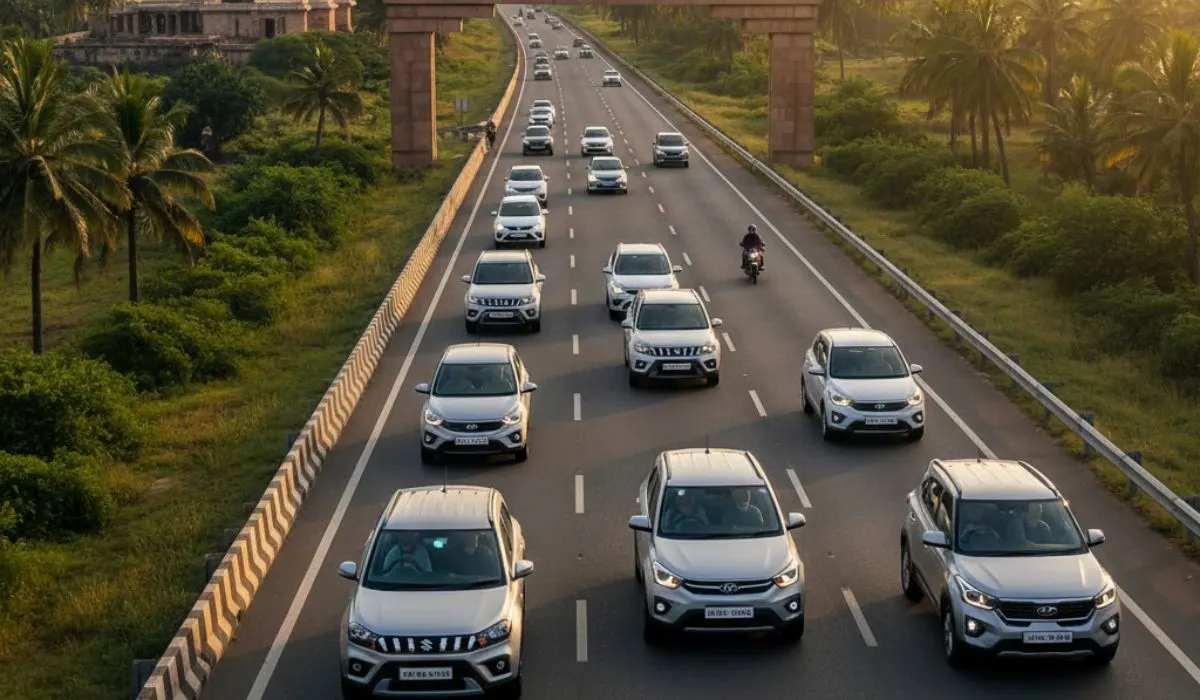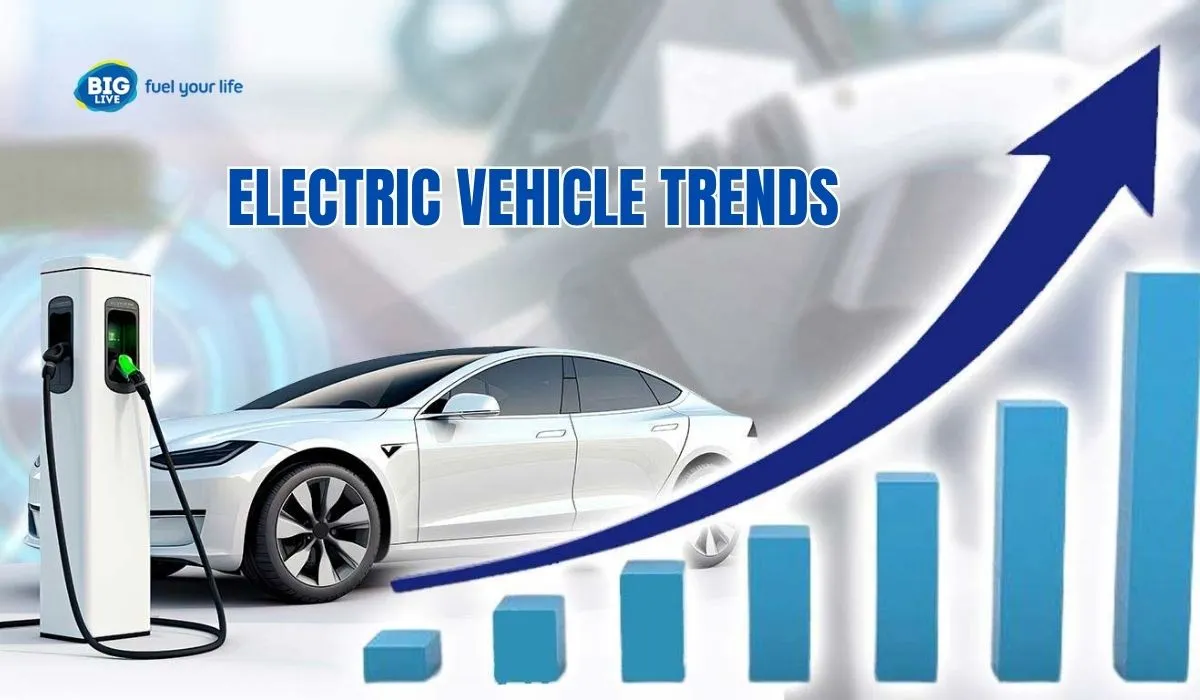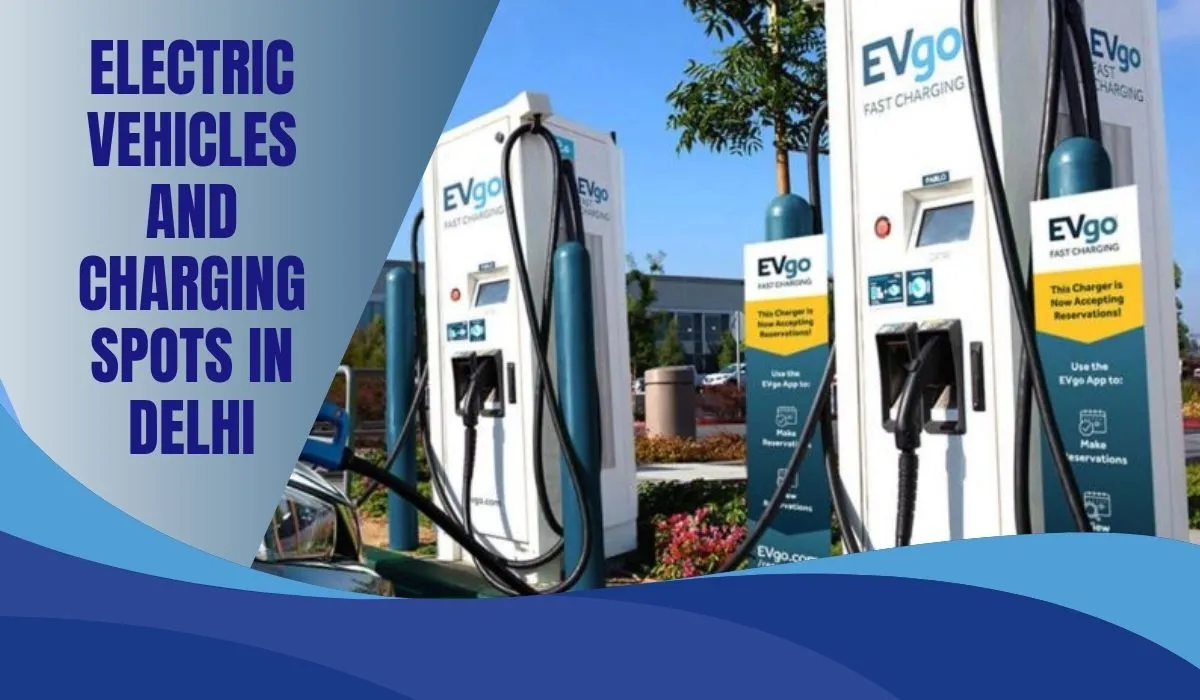Have you observed an increased number of cars that have no emissions roaring on the streets of Kerala? You are the witness of the EV revolution in Kerala! This beautiful condition, whose backwaters and coconuts have made it a famous place, now begins to take a new turn off its beaten path - the quick transformation to an electric mode of locomotion.
Kerala does not only follow the trend of EV - it sets it! The population of the national electric car uptake is only 2.9, but Kerala has an amazing penetration of 9.1% of the population. The EV adoption process in the state has not only been changed in terms of having only 26 registered EVs in the years 2015-16 but also in terms of surpassing 230,000 EVs in the roads by March 2025.
Why Are Keralites Embracing Electric Vehicles?
Economic Benefits That Make Sense
- The economic benefits of electric cars are too high to be overlooked by practical minded Keralites:
- Large fuel savings: The savings that can be made by driving an EV over 1,000 km per month are around 7000 rupees, as opposed to petrol vehicles.
- Reduced operating expenses: EVs have a cost of running of about 1 per km, whereas traditional petrol/diesel cars cost 8 per km to run.
- Cheap power: The power prices in Kerala are relatively inexpensive compared to most other areas, and thus, it is intuitive to charge even less.
- Long-term savings: EVs are too expensive to buy initially, but the high fuel and maintenance cost savings make them less expensive in the long-term.
Also read :- EV Boom in Jharkhand: Charging Network and Assembly Rise
The Home Charging Advantage
The housing trends in Kerala render EV ownership especially feasible. Most of the Keralites live in personal houses unlike in crowded metropolitan cities where most people live in apartments complexes. It implies that most EV users will be able to just charge their cars overnight at homes without having to rely on the public charging stations.
Environmental Awareness Meets Practicality
The people of Kerala have been very environmentally conscious and EVs are one viable solution to minimise pollution on the one hand and on the other hand are a modern technology, which people embrace. The transition to electric cars proves to be the right move in line with the state of Kerala vision of a carbon-free state.
Early Infrastructure Development
KSEB has developed 1,169 EV charging stations in the state . This expanding network has served to alleviate one of the largest fears of potential EV citizens - range anxiety, the fear of running out of charge without a place to charge.
Kerala's EV Policy and Infrastructure Development
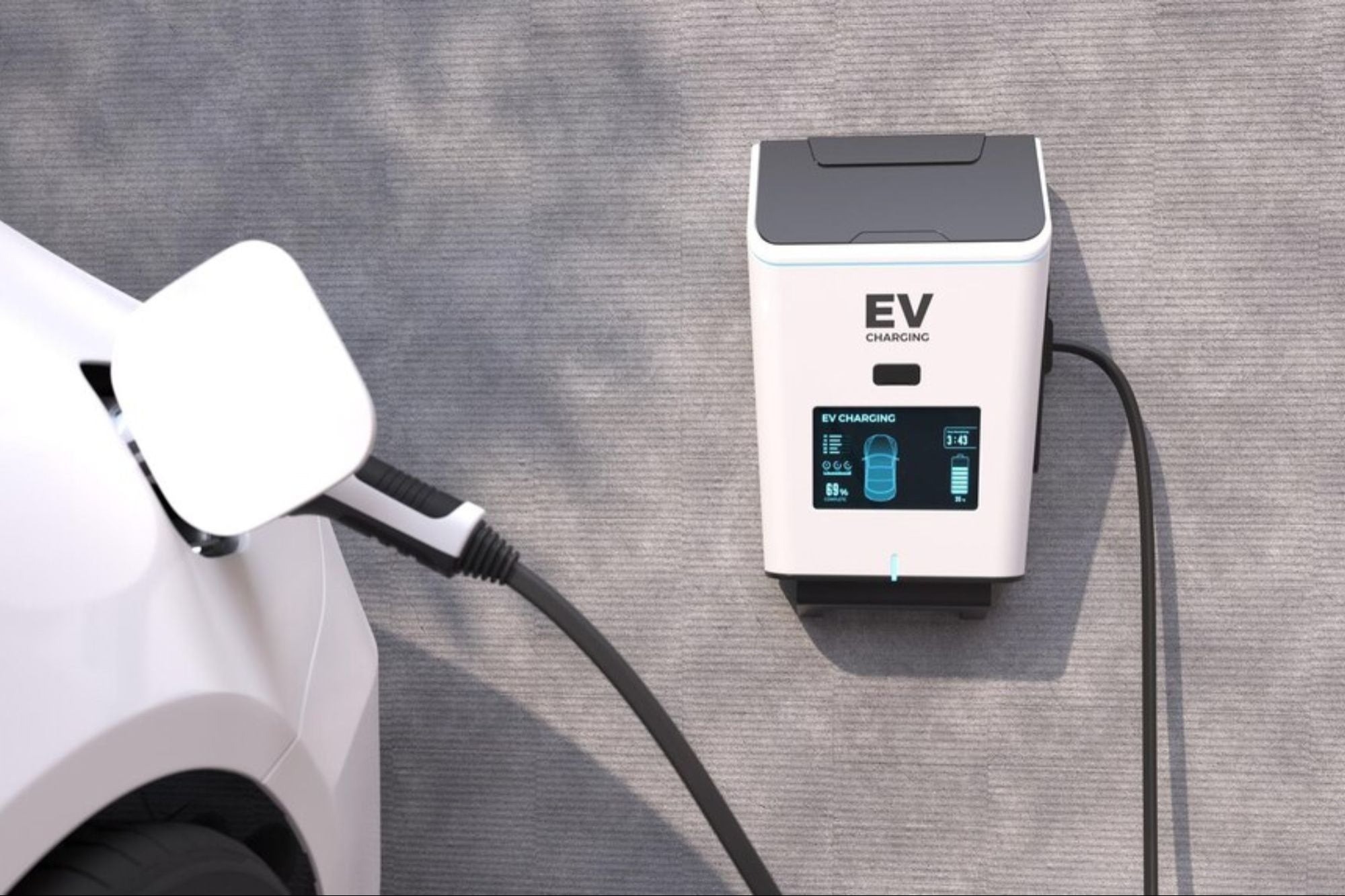
Government Initiatives Driving Change
- The government of Kerala has already adopted a number of progressive policies in order to speed up the EV revolution in Kerala:
- FAME II Scheme: federal scheme, under which more than 10,000 crore is allocated to speed up the adoption of EVs by subsidizing their costs and building infrastructure.
- Kerala EV Policy: Kerala has its own elaborate policy framework to promote electric mobility with the help of incentives and development of infrastructure.
- Refresh and recharge Initiative: A new program to modernize the existing public charging stations with a Public- Private Partnership (PPP) model.
Types of Electric Vehicles on Kerala's Roads
Diverse EV Ecosystem
Electric mobility in Kerala is not restricted to cars only. It has been adopted in many vehicle segments in the state:
- Electric Scooters: They are the most numerous with 180,837 registered.
- Electric Cars: 29,091 registered with a good penetration in the passenger car market.
- Electric Three-Wheelers: 10,819 passenger and 1,818 good vehicles.
- Other EVs: The rest of the numbers include buses, e-rickshaws and specialized vehicles.
Challenges in Kerala's EV Revolution
Infrastructure Gaps and Grid Pressure
Kerala has not been immune to the fast adoption of EV:
- Electricity Demand Spike: Early March 2025 recorded the highest level of power consumption of 100.84 million units per day, in part due to EV charging.
- Peak Hour Strain: The charging stations of KSEB alone use 10-12 million units per day during peak time of the evening (6 PM to 11 PM) per hour.
- Grid Limitations: KSEB has been forced to get electricity in other states such as Uttar Pradesh and Punjab to serve the demand.
Recent Slowdown in Adoption
Following years of a booming development, the recent growth of EV sales in Kerala has declined sharply, with sales going down to 60,345 units in 2024 compared to 75,808 units in 2023. The state achieved an EV sales position of 10 th in the country last year, which is not reflective of its initial leadership in the segment.
This can be slowed down by a number of reasons:
- Significant Initial Outlays The average cost of EV in Kerala is 10-20 lakh compared to petrol cars at the entry level of 4.5 lakh.
- Poor Charging Infrastructure: In rural settings, particularly, it is more expensive and complicated to install (especially).
- Bureaucratic Fallouts: KSEB takes its time to give permissions to the private charging station operators.
- Tax Disadvantages: Kerala has raised taxes on EVs unlike Karnataka and Tamil Nadu which charge 0% tax.
The Future of Electric Mobility in Kerala
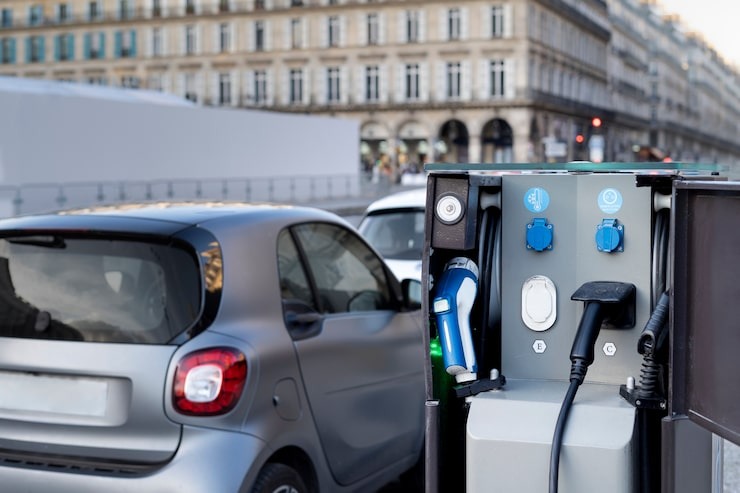
Emerging Technologies
The next stage of EV revolution in Kerala is being ready with the state-of-the-art innovations:
- Vehicle to grid (V2G) Systems: In the near future, car owners of EVs will be capable of selling electricity stored in their car batteries back into the grid when it is needed most.
- Virtual Power Plant (VPP): This is the process of combining and integrating different types of renewable energy to form a single system capable of engaging in energy markets, such as solar energy on the rooftop, battery storage, EVs, etc.
- P2P Trading: Trading P2P Using P2P Energy trading that is powered by the blockchain.
- AI-Optimized Charging: Artificial Intelligence applications that offer consistent user experiences and introduce real-time information into navigation systems.
Renewable Energy Integration
The sustainable transportation in Kerala is in the future of linking EVs with renewable energy:
- Solar-Powered Charging: ANERT offers solar-powered EV chargers in order to limit grid dependency and achieve truly clean transportation.
- Compulsory Solar Power: Draft Energy Policy 2025 suggests the compulsory installation of solar power plants in those buildings that consume more than some specified energy levels.
- Community Solar Projects: The residents associations may invest in the common solar power stations and the credits will be taken by distributing energy according to the share of investment.
Conclusion: Future of the EV Revolution in Kerala
The experience of Electric Mobility in Kerala is an impressive tale of early adoption, swift development and prospective opportunities. The state is still determined to have sustainable transportation despite the challenges it has had in recent times.
EV revolution in Kerala has already gained some major milestones:
- India has the highest rate at 9.1% in terms of passenger EV adoption.
- Massive construction of charging infrastructure comprising of over a thousand stations.
Frequently Asked Questions About Kerala's EV Revolution
What is the Kerala situation of the EV revolution?
Kerala is the highest area of uptake of the passenger electric vehicle with 9.1% of the total population adoption being far above the national averages 2.9% in India. The amount of registered EVs in the state is over 230,000, an amount that was only 26 in 2015-16. This type of impressive growth implies that Kerala is interested in the transition to electric mobility.
What is the price of EVs in Kerala compared with conventional vehicles?
Though EVs are relatively expensive in Kerala (around 10-20 lakh) during the initial purchase than petrol cars (it can be 4.5 lakh) it is cheaper to run. The cost of EV running is approximately 1 per kilometer compared to 8 per kilometer in petrol powered cars and therefore, one will save about 7,000 per month assuming that he or she travels 1,000 kilometers every month.
What are the efforts being made to increase the EV charging infrastructure in Kerala?
There are several projects to meet the charging infrastructure requirements:
- KSEB has developed 1,169 charging stations in the state.
- ANERT provides subsidies in terms of public and residential charging stations.
Are government incentives to EV buyers in Kerala?
Indeed, Kerala has a number of incentives:
- The central government subsidizes FAME II.
- EV policy support and incentives at the state level.
What are the primary issues of EV revolution in Kerala?
Key challenges include:
- Expenses of EVs are high in the initial stages relative to conventional cars.
- Poor charging facilities especially in the rural regions.
- Hurdles of bureaucracy in establishment of private charging points.
What is Kerala doing to deal with range anxiety among prospective EV customers?
The range anxiety is being addressed in Kerala by:
- Building the system of widespread charging stations in the state.
- The benefits of home charging are that most of the Keralites reside in single houses.
- The mobile applications such as Statiq that indicate the real-time availability and status of chargers.





